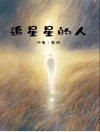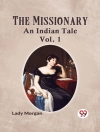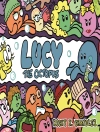Before Jane Austen’s novels explored heroines in English society, writers Sarah Fielding and Jane Collier dared to provide commentary on gender and education through self-conscious narratives. Published in 1754 in five parts and divided into three volumes, The Cry stands as one of the most distinctive and intriguing works by women during the florescence of their writing in eighteenth-century England.
Strikingly experimental—mixing fiction and philosophy, drama and exposition, satire and irony, and singular and choral voices—The Cry revolves around a main character, Portia, who tells a series of stories to an audience that includes Una, the allegorical representation of truth, and ‘The Cry’ itself, a collection of characters who serve as a kind of Greek chorus. A story about the story-making female subject, the novel serves as a catalyst to convey that women are capable of doing all of the things that men can do—discuss ethics, learn, and think rationally—and should be allowed to do these things publically. Throughout, editor Carolyn Woodward offers essential historical and editorial context to the work, demonstrating that this novel continues to facilitate discussions about women and public life.
Содержание
Note on the Text
Introduction to the 2018 Edition
Part I
Part II
Part III
Part IV
Part V
Acknowledgments
Notes
Works Cited
Об авторе
Carolyn Woodward is Associate Professor of English and Director of British and Irish Literary Studies at the University of New Mexico.












